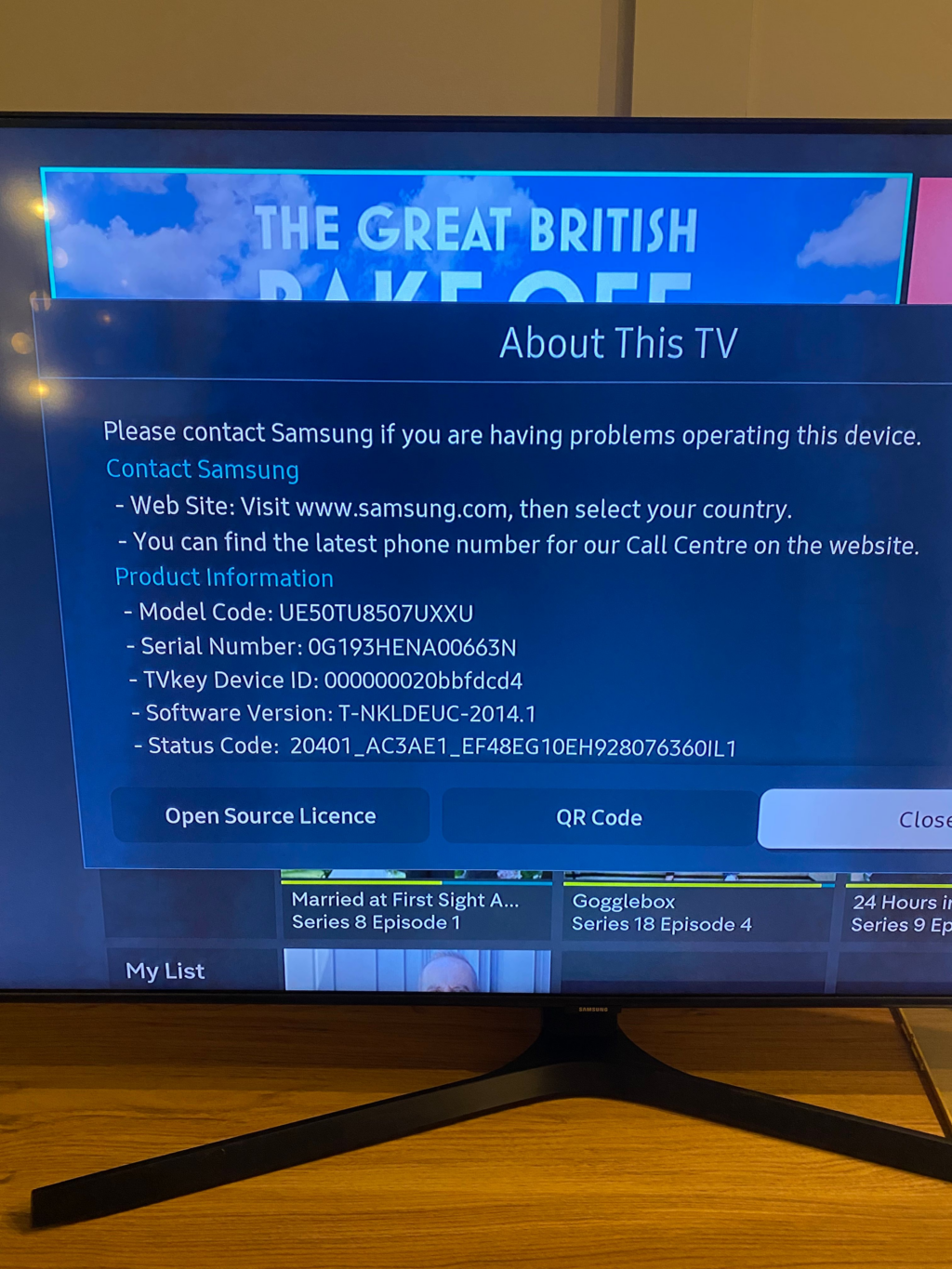
Introduction
Recently, a significant outage impacting Samsung Smart TV users has raised concerns about the reliability and connectivity of these popular entertainment devices. With a growing number of households relying on smart televisions for streaming, gaming, and other applications, this outage has caught the attention of both consumers and industry experts alike. Understanding the causes and implications of this outage is crucial for users as they navigate their options moving forward.
Details of the Outage
The outage began on November 15, 2023, when users worldwide reported disruptions in accessing services on their Samsung Smart TVs. Reports flooding social media platforms indicated that many users experienced issues such as the inability to connect to Wi-Fi, difficulties logging into streaming services like Netflix and Prime Video, and unexpected software glitches.
Samsung acknowledged the issue in a statement released the following day, attributing the disruption to a server failure during a routine maintenance update. According to a company spokesperson, the problem was exacerbated by the sheer number of devices attempting to connect to the servers simultaneously, leading to further complications.
Customer Impact and Response
The outage has affected millions of Samsung Smart TV owners across various regions, particularly in North America and Europe. Many users expressed their frustration through online forums, lamenting the inconvenience of having limited access to home entertainment options during the outage.
In response to customer concerns, Samsung engaged its technical teams to rectify the servers’ issues and restore full functionality as quickly as possible. By November 17, the company confirmed that the servers were operational again and users should be able to connect normally. However, Samsung also emphasized the importance of user patience as they finalized updates to prevent similar disruptions in the future.
Conclusion
The recent Samsung Smart TV outage serves as a reminder of the vulnerabilities that can accompany technology reliance in today’s digital age. As more consumers invest in smart devices for their homes, the implications of such outages become increasingly significant. While Samsung has worked quickly to resolve this issue, it raises questions about the company’s strategy for maintaining service availability and reassuring customers about their technological investments.
As we continue to rely on smart technologies, awareness and proactive communication from companies like Samsung will be pivotal in maintaining consumer trust and satisfaction. Future updates regarding the post-outage performance of Samsung Smart TVs and their ongoing commitment to improvement will be closely monitored by both users and industry stakeholders alike.

